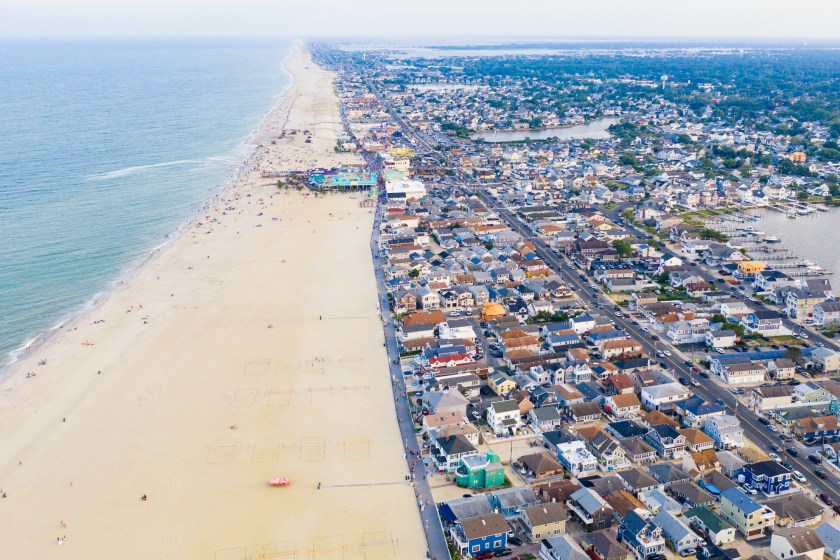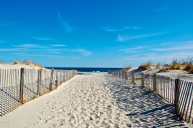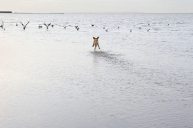One of the things that New Jersey is known for is its beaches. Whether you learned of them from the infamous Jersey Shore show or have visited them yourself, you know that they have something special. However, they seem to have a little something extra special this season. If you were planning a trip to any New Jersey beach this summer, I may reconsider. Seven New Jersey vacation spots have now issued warnings of high bacteria levels.
You May Want To Cancel That New Jersey Beach Trip Due To High Levels Of Bacteria

Shutterstock Image
Some amounts of bacteria at the beach are common. However, when the numbers get too high, they pose a risk to human health. People Magazine shares alarming news about water samples collected from certain New Jersey beaches. They write, "Water samples collected in Point Pleasant, N.J., on Monday, June 9, showed a high concentration of enterococci, a bacterium normally found in the digestive tracts and intestines of humans and animals." Contact with large quantities of this bacterium could easily lead to ear, nose, and throat infections.
The collected data showed that bacteria counts were twice as high as the safe thresholds. Thus meaning that many people's summer plans may be put on pause. When bacterial counts are high, it is problematic because it signals that there could be harmful bacteria in the water supply. People Magazine shares these seven popular New Jersey beach vacation spots that were affected.
"Advisories have been issued for several beaches in Wildwood Crest: Lavender Road, Orchid Road, Miami Avenue, Hollywood Beach, and Jefferson Avenue Beach, as well as the 104th Street Bay in Stone Harbor." While advisories do not typically result in beach closures, anyone visiting any of these locations should be aware of the potential risks.
While the beaches still remain open, the Department of Environmental Protection has released a swimming advisory. They share that "When a sample exceeds the state standard, a swimming advisory is issued and additional sampling is conducted." If the second sample yields similar results, meaning it exceeds safety standards, then beach closures can occur.




